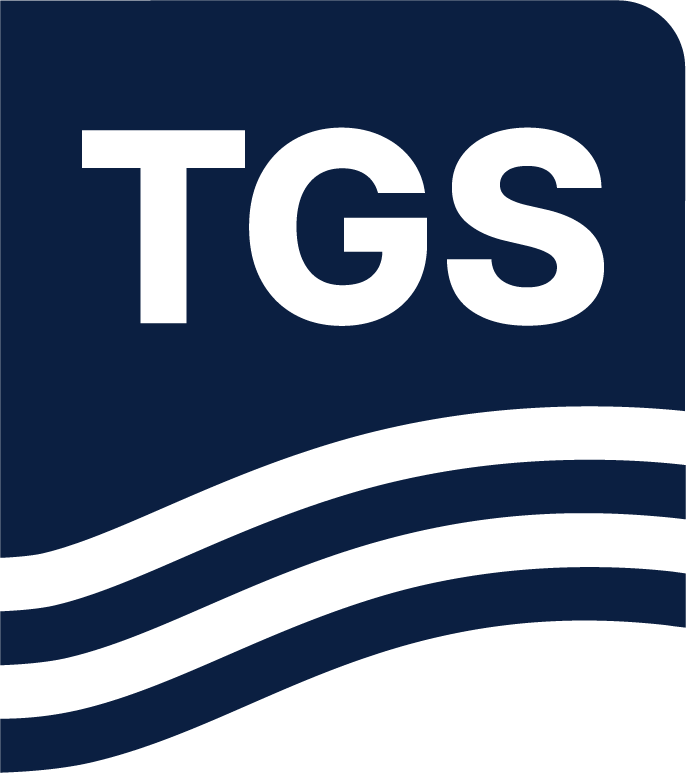The low-frequency sources developed in the last two decades such as Wolfspar® (Dellinger et al., 2016) and the Tuned Pulse Source (TPS) (Ronen and Chelminski, 2017), have been designed to provide lower frequency data for Full Waveform Inversion (FWI). Others, such as the Gemini extended-frequency source (Brittan et al., 2020) are designed to give both low frequencies for FWI and higher frequencies for imaging. As they utilize larger chambers, the new sources require longer refill times and have other operational characteristics that affect survey design compared to traditional air-gun arrays. We describe how we iterate over survey design practices when working with low frequency sources in exploration settings. We illustrate this process using a recent sparse OBN survey in the Gulf of America (GoA).
Technical Library

